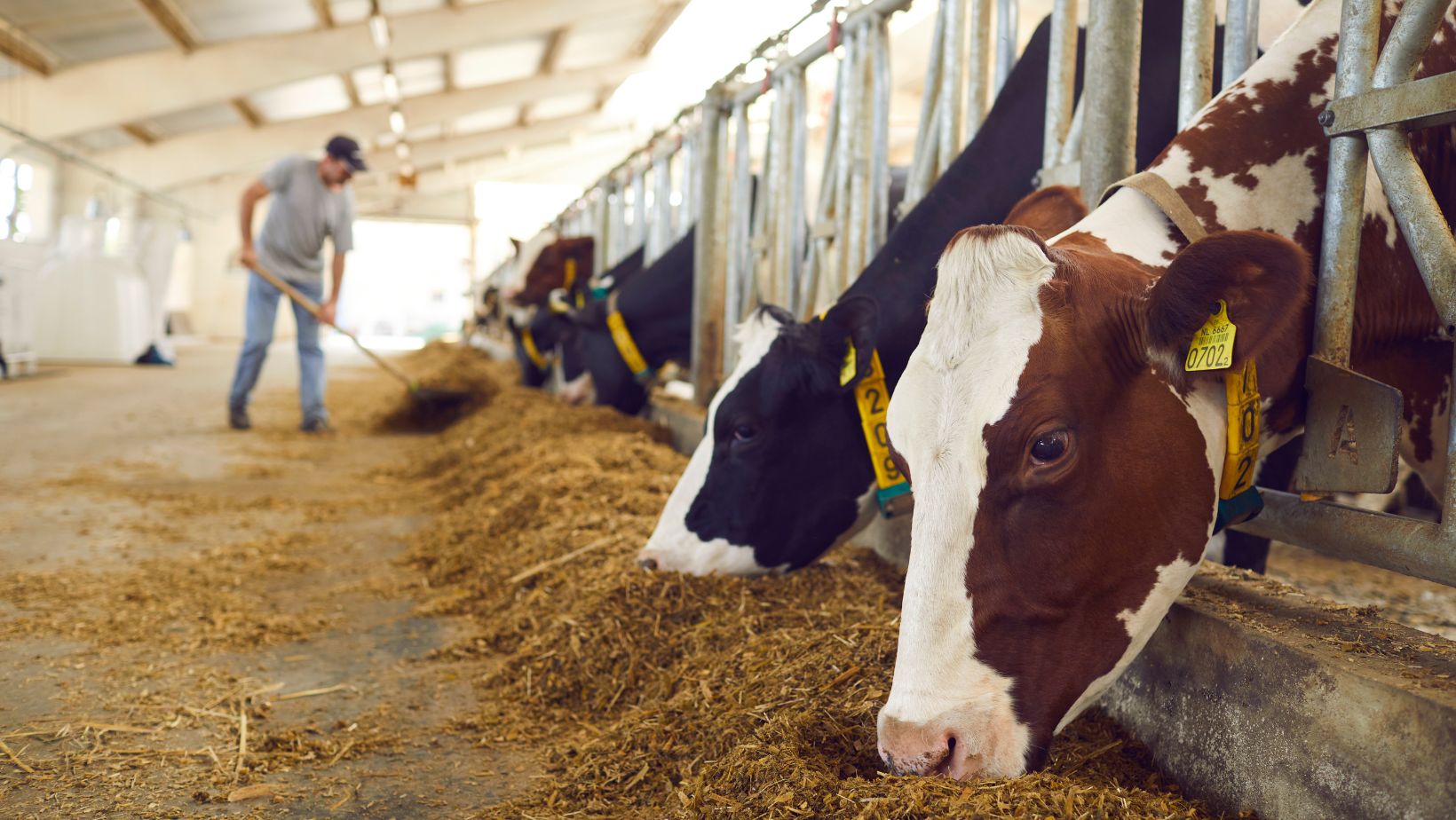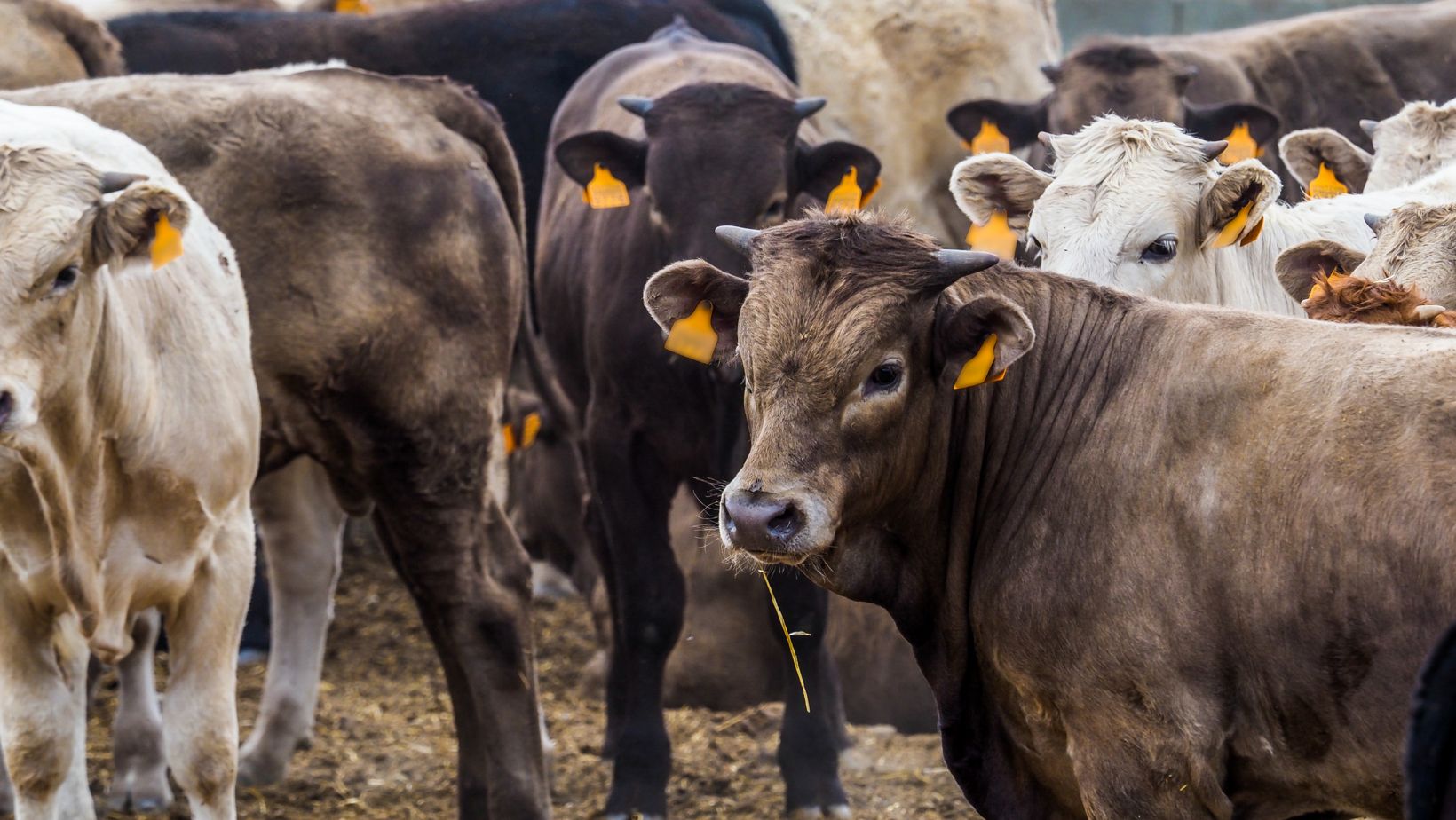
What Part of The Cow Does The Brisket Come From
Brisket, a popular cut of beef known for its rich flavor and tender texture, comes from the lower chest area of the cow. Specifically, it is derived from the breast or pectoral muscles that support much of the animal’s weight. This portion of meat is located between the forelegs and extends towards the ribs.
The brisket is composed of two main parts: the point and the flat. The point, also called the deckle or decal fat cap, is marbled with fat and provides an intense beefy taste. On the other hand, the flat, which comprises most of the brisket, has less fat but offers a smoother texture.
Whether you’re a barbecue enthusiast looking to smoke a mouthwatering brisket or simply curious about different cuts of beef, understanding where this delectable meat comes from can enhance your appreciation for its unique qualities. So let’s dive deeper into this fascinating part of the cow and uncover more about its origin and culinary uses.
Understanding Brisket: An Overview
The Origin of Brisket
When it comes to understanding brisket, it’s important to know where this flavorful cut of meat originates. Brisket is derived from the chest area of the cow, specifically from the breastbone down to the first few ribs. This particular muscle group works hard during the cow’s life, resulting in a cut that is relatively tough but packed with rich flavors.
Anatomy of the Cow: Identifying the Brisket
To locate the brisket on a cow, you need to have a basic understanding of its anatomy. The brisket lies between the forelimbs and forms part of what is known as the “plate” or “breast” region. It sits just below the chuck and above the shank on either side of the animal.
The brisket consists mainly of two muscles—the pectoralis major and pectoralis minor—separated by a layer of connective tissue called collagen. This collagen gives brisket its characteristic texture when cooked low and slow, breaking down into gelatin and creating that melt-in-your-mouth tenderness we all crave.
How is Brisket Prepared?
Brisket has become synonymous with barbecue culture due to its delicious taste when cooked properly. There are various methods for preparing brisket, but one popular technique involves smoking it slowly over indirect heat for several hours until it reaches a tender consistency.
Before cooking, many chefs opt to apply a dry rub or marinade to enhance flavor penetration throughout the meat. Common ingredients used include salt, pepper, paprika, garlic powder, brown sugar, and cayenne pepper. These seasonings not only add depth but also form an enticing crust known as bark during smoking.
Once seasoned, it’s time for slow cooking. This process allows ample time for collagen breakdown while infusing smoky flavors into every bite. Depending on size and desired doneness, brisket can take anywhere from 8 to 16 hours to reach the perfect tenderness.
Remember, patience is key when cooking brisket. It’s a labor of love that rewards you with succulent, mouthwatering meat that falls apart with each forkful.

Anatomy of a Cow: Where Does the Brisket Come From?
When it comes to understanding where the brisket comes from on a cow, it’s important to have a basic knowledge of bovine anatomy. As an expert in this field, I’ll break down the location and function of the brisket for you.
- Location: The brisket is located in the lower chest area of a cow. It sits just above the front legs and below the chuck (shoulder) cut. Specifically, it encompasses the breastbone or sternum, extending towards the belly or abdomen.
- Composition: The brisket consists primarily of muscles and connective tissues that provide support and movement for the animal. These muscles work hard throughout a cow’s life, supporting its weight as it grazes and moves around.
- Culinary Significance: From a culinary perspective, the brisket is highly prized for its rich flavor and versatility in cooking. It contains well-marbled meat with layers of fat that make it tender when cooked low and slow.
- Usage: Brisket is commonly used in various dishes such as barbecue, stews, soups, and braised preparations like corned beef or pastrami. Its distinctive taste and tenderness make it one of those cuts that can truly elevate a meal.
In conclusion, understanding where the brisket comes from on a cow allows us to appreciate its culinary value even more. Located in the lower chest area, this flavorful cut brings delight to our taste buds through its well-marbled meat and layers of fat that melt during cooking. So next time you savor some mouthwatering barbecue or indulge in a hearty stew with tender chunks of beef, remember that it all starts with knowing which part of the cow provides us with such deliciousness – the brisket!























